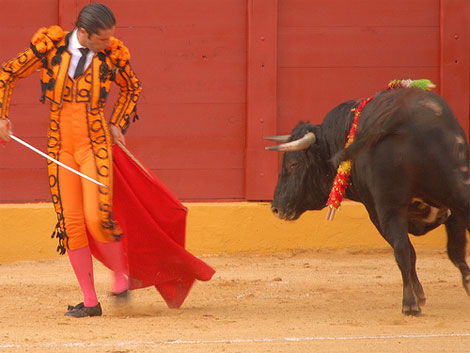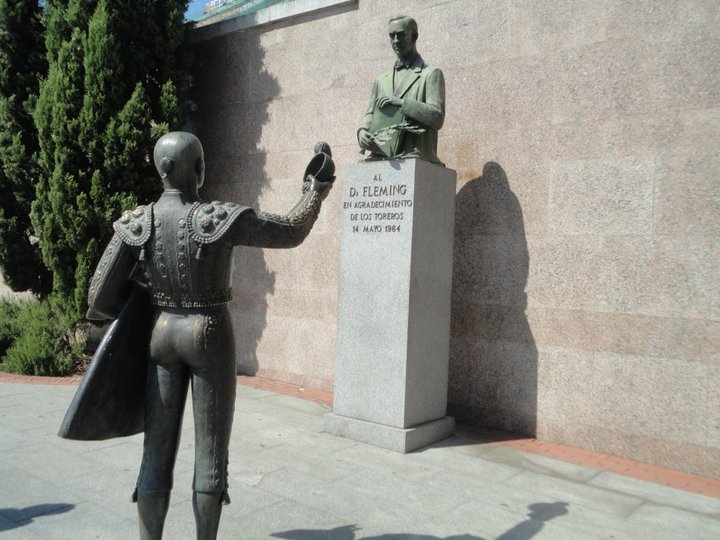For my group’s particular Political Communication and Deliberation chapter, “Deliberative Communities and Societies”, the main points of interest are that such communities must feature a leader who encourages the participation of citizens, a prominent social network and sense of public trust, and ultimately, participation in deliberation as a part of the popular culture or education. The chapter also makes a point to show how smaller communities can still have an effect on larger community bases.
For my group’s presentation of Chapter 8, I think it would be interesting to create a sort of “mock society” out of our class. After a couple minutes of introducing the main points of the chapter and tying it to class concepts, we could ask (in true democratic fashion” for students to vote on a leader who “serves as articulate spokespersons for the community but also are capable of empowering their fellow community members to discover and contribute their own voices” (Gastil, 219). We then could present a civil issue to the “community” and prompt a deliberative discussion, guiding them and highlighting certain attributes and necessities in order to maintain a status of “deliberative society”. In order to hold interest effectively, this civic issue should probably be one that pertains to the “community” we created – aka one that pertains to freshman Penn State Schreyer students.







